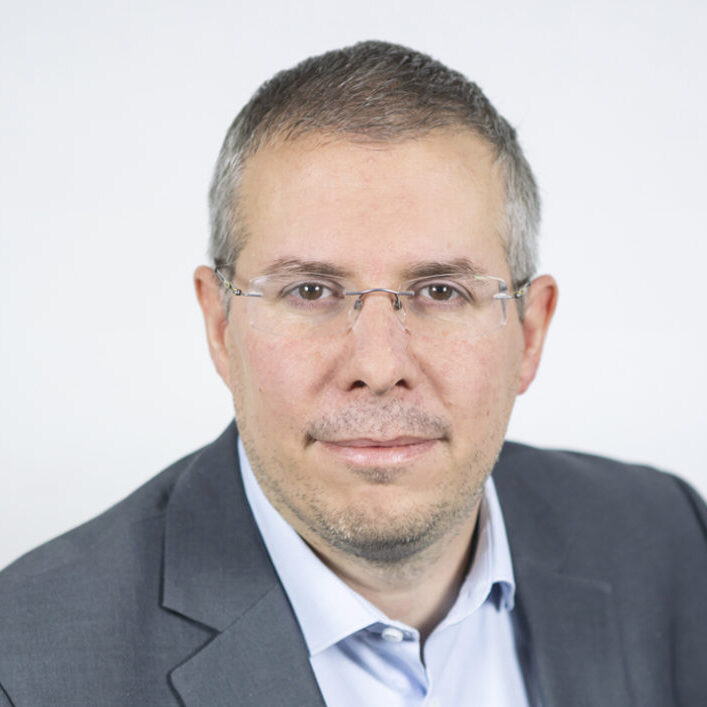Digital technology accounts for 3.5% of global CO2 emissions, far behind transport, buildings and energy. Moreover, within the digital sector, networks and data centres each account for only 20% of the total.
However, for mobile network operators and all stakeholders, controlling the energy consumption of networks is a major concern.
The strong growth in data traffic calls for the implementation of technological developments on operators' networks, so that they can address this growth while controlling their carbon footprint and operating costs.
Depending on the technology used, the power consumption of mobile networks is highly dependent on how they are used. An antenna's power consumption during peak traffic can be up to three times higher than when it is idle. The energy consumption of equipment located in operators' core networks also increases with traffic.
Against this backdrop, in order to limit their network operating costs, of which the energy component is a significant part, operators are being encouraged to improve their energy efficiency, i.e. the energy consumption required to achieve a given use.
Compared to previous generations, particularly 4G, 5G will be more efficient in terms of the amount of megabits of data delivered for a given unit of energy consumption.
However, this technological development requires customers who wish to benefit from it to upgrade their devices. More broadly, the environmental challenge particularly concerns the lifespan of smartphones and their batteries. The need to strengthen material recycling measures and the search for more sustainable and less polluting solutions (particularly linked to a reduction in the mining of rare earths) for batteries constitute a real challenge, which extends far beyond the transition to 5G and the telecommunications sector.
Implementation of massive MIMO technology to improve the efficiency of radio resource utilization
5G infrastructure deployments will include the implementation of new antennas known as massive MIMO. This solution is characterized by the use of a large number of smart micro-antennas located on the same panel and improves spectral efficiency.
Micro-antennas transmit the signal only in the direction of the communicating mobile device (called beams), rather than across a wide area like the antennas commonly used in 4G. This feature significantly increases the throughput delivered by an antenna, as multiple beams can be used simultaneously, each able to reuse the cell's frequencies.
Massive MIMO antennas are distinguished by their ultra-integrated design. They concentrate the power amplifiers (whose efficiency is continuously improved) in the radome (antenna shelter), combining the radiating elements, analog electronics, and a digital component dedicated to beam management functions.
Introduction of innovative energy-saving features into base stations
Energy-saving features (multi-level sleep mode) introduced in base stations will allow network capacity and performance to be adapted to meet demand and traffic, while maintaining a consistent level of service quality. These features, known as ASL (advanced sleep mode), are already deployed on existing networks and will become even more significant in 5G, as they were designed and introduced by the 5G standardization of the 3GPP (Third Generation Partnership Project).
These 5G ASL features will provide operators with a powerful lever for controlling their energy-related operating costs. They could ultimately operate at several levels, promising a 30 to 40% reduction in a site's total energy consumption. They will be the foundation of a smart and dynamic network capable of optimizing its energy consumption as much as possible based on the traffic and services it offers.

Julien Renard
Contact Julien Renard
Got a question about 5G? Need some clarification on a future project? Email Florence Erpelding, Tactis mobile connectivity expert.

